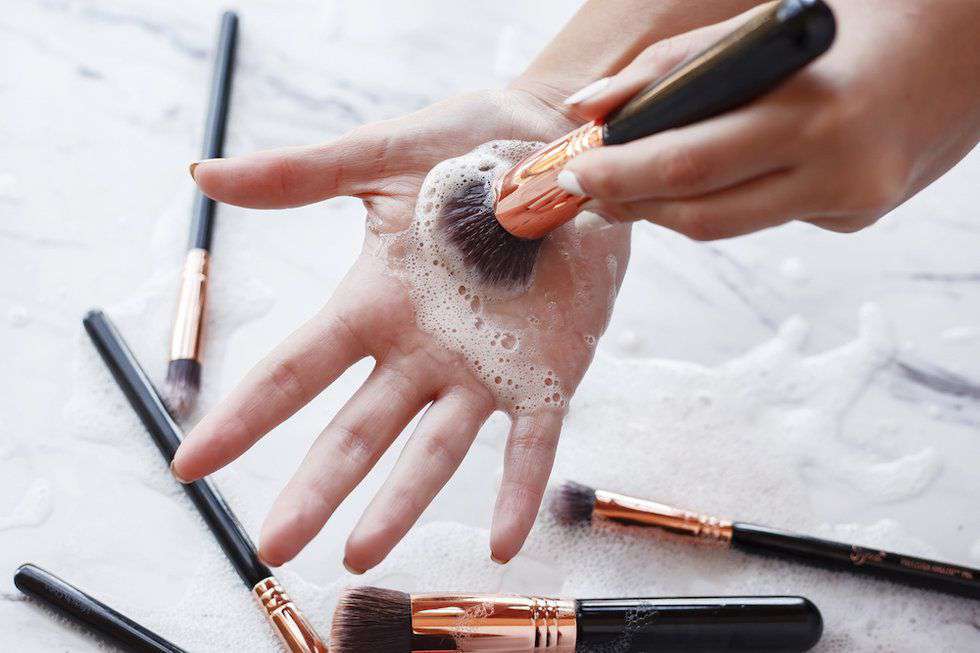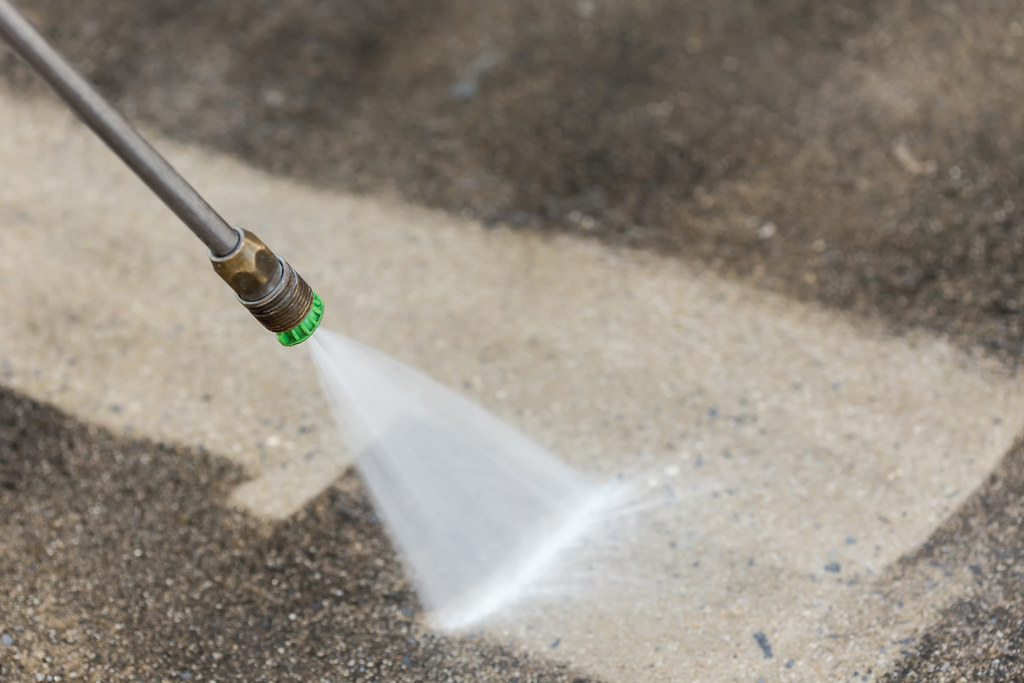To achieve good makeup results, it is essential to use good products and also to use the right brushes, both being equally important. But it’s no use having the best brushes in the world if we don’t keep them in good condition.
Poor hygiene of our makeup tools can cause acne or infection on our facial skin. In addition, dirty brushes can damage cosmetic products. So, in today’s blog, let’s talk about your brush cleaning routine!
How to Clean Makeup Brushes?
Cleaning brushes is very easy, you just need to be a little careful because if you clean them or let them dry improperly, you can damage them. If the brushes are made of natural fibers, you have to be even more careful, because you can break the fibers. Synthetic fiber brushes are more resistant and you can clean them more thoroughly.
The process is simple: wash and then dry. We explain it below.
Washing Makeup Brushes
First, put soap or neutral shampoo in the palm of your hand or on a plate, and scrub the brush in a circular motion. Then rinse with warm water. Once is not enough, you must repeat the operation until the bronchial area is clean.
When washing them, it is important never to place the brush vertically with the bristles upwards. If we do, the water could get inside the brush and damage the handle, and it would also loosen the glue that binds the brush fibers.
Instead of soap, you can use specific cleaners to clean your brushes.
Drying Makeup Brushes
After cleaning the brush, you need to dry it well before using it again. First, use a towel or paper towel to absorb most of the water. Then, you need to leave it for a few hours to finish drying, and that’s where the important part comes in.
It’s best to place it vertically with the bristles pointing down for several hours. However, depending on the brush, this won’t be an easy task without acquiring specific accessories for it. You can try hanging it with hair ties.
Another simpler way is to place it horizontally on a towel, but if you do this way, make sure that the bristles do not touch the surface, as this may distort the shape of the brush. Use the edge of the sink or table with the bristles up, and better if it’s slightly down with the bristles pointing down.
Never lay the brush with the bristles up, as water will get into the handle and damage the brush.
Depending on the density of the brush, it will take longer to dry, so it is advisable to wash them right after applying makeup so that they are already dry the next time you use them.
How Often Should Makeup Brushes Be Cleaned?
For brushes that we only use for powder products, such as shadows, blushes or compact powders, the accumulated dirt is much easier to remove. They can be cleaned once every two to three weeks, depending on usage. Clean it when you see that it has accumulated dirt.
On the other hand, with the brushes we use for oily products like creams or fluids, cleaning needs to be more specific and much more regular. We recommend rinsing them first with olive oil, then washing them with soap. They should be cleaned at least once a week, although ideally after each use.
Makeup Sponges
It is very typical to have very neglected the hygiene of makeup sponges. We use them and use them until there is nothing left of them. With use, makeup sponges accumulate dirt and bacteria, which can lead to serious infection.
You should wash them with soap and water after each use and let them dry. It’s very simple, but you have to remember to do it. However, it is recommended that you use a new one after three or four uses.
There you are! If you make it a habit, cleaning your makeup brushes will become easy and less of a hassle. What’s your tips for keeping your brushes in good condition? Let us know in the comments below.






2 Comments
[…] Sound off in the comments section below and tell us what you want to read next and if you want to read more about cleaning your cupboard. […]
[…] To carry out an asbestos diagnosis, it is essential to call upon an approved company. Sound off in the comments section below, and tell us what you want to read next and if you want to read more about asbestos. […]